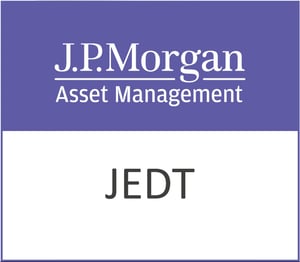As one of the UK’s cornerstone grocery retailers, J Sainsbury plc (SBRY.L) remains a pivotal player in the consumer defensive sector. With a market capitalisation of $5.4 billion, the company operates across various segments, including food retail, general merchandise, clothing, and financial services, making it a multifaceted entity within the industry. For investors, understanding the nuances of Sainsbury’s current positioning could be crucial in assessing the potential risk and reward of an investment in this venerable British institution.
Currently trading at 233.2 GBp, Sainsbury’s shares have experienced a modest price change of 4.40 GBp, equivalent to a negligible 0.02% movement. This positions the stock near the lower end of its 52-week range of 228.80 to 299.80 GBp. Such pricing suggests potential for upward movement, especially when considering the average analyst target price of 292.86 GBp, indicating a potential upside of approximately 25.58%.
However, Sainsbury’s valuation metrics present a complex picture. The absence of a trailing P/E ratio and a notably high forward P/E of 973.90 could raise eyebrows, suggesting either anticipated earnings growth or current overvaluation. The lack of data on PEG, Price/Book, and Price/Sales ratios further complicates the evaluation of its intrinsic value. Yet, the enterprise value to EBITDA (EV/EBITDA) metric is also unavailable, leaving investors to focus on other financial health indicators.
Performance-wise, Sainsbury’s is navigating a challenging landscape. With an EPS of just 0.07 and a return on equity (ROE) of 2.53%, the company’s profitability metrics are modest. However, its substantial free cash flow of £851 million provides a buffer and indicates liquidity strength, which is critical for sustaining operations and funding future growth initiatives.
Dividend-seeking investors may be drawn to Sainsbury’s with its attractive yield of 5.62%. Nonetheless, the high payout ratio of 179.45% suggests that the company is distributing more in dividends than it earns, which could be unsustainable in the long term unless earnings significantly improve.
Analyst sentiment is mixed, with eight buy ratings, three holds, and two sell recommendations. These ratings reflect the diverse opinions on Sainsbury’s ability to capitalise on growth opportunities amidst a competitive market environment. The target price range of 240.00 to 355.00 GBp indicates varied expectations for the stock’s future performance.
Technically, Sainsbury’s is trading below its 50-day and 200-day moving averages of 247.82 and 266.08, respectively, suggesting a bearish sentiment in the short to medium term. The relative strength index (RSI) stands at 55.61, indicating a neutral position, while the MACD of -4.12 and a signal line of -4.45 suggest a potential shift in momentum that investors should monitor closely.
Sainsbury’s extensive operations, including convenience stores, supermarkets, and online platforms under various brand names, provide multiple revenue streams. Its ventures into financial services and electric vehicle charging stations diversify its portfolio, potentially hedging against the volatility of the grocery market. However, the company’s high dividend payout amidst moderate profitability metrics signals a need for strategic focus on improving operational efficiencies and earnings.
For investors, Sainsbury’s presents both challenges and opportunities. While its current metrics may hint at caution, the potential for growth and the strategic initiatives it undertakes could offer lucrative returns for those willing to navigate its complex financial landscape.






































